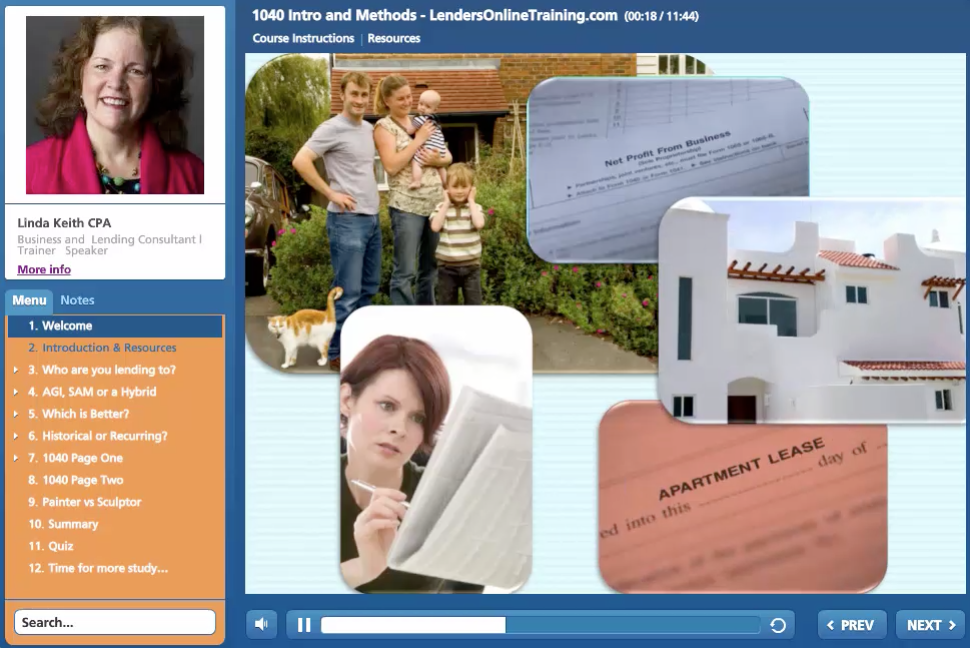Lisa asks:
If the client has an NOL carryover on their 1040, causing income tax to be $0, would we need to estimate income taxes after adding back the NOL carryover?
Linda says:
You are correct to add back the NOL. It is a prior period loss and, when analyzing a tax return for cash flow, we find and add back the noncash expenses or losses. That includes all carryovers. You are also correct that the NOL has an actual cash flow impact on your borrower because it reduces federal taxes.
How much longer will the NOL shelter taxes?
Before you decide to adjust the taxes, find the attached NOL schedule. This is not a formal IRS form, so should be in the supplemental schedules at the back of the return. From that schedule, you can determine how long ago the NOL arose, how much has been written off each year and what is left.
If the NOL is continuing for the life of your loan, I would not adjust the income taxes. The NOL will continue to suppress taxes. If the NOL, per that schedule, has just been used up, I would adjust the federal taxes upward as if they did not have the NOL.
If you decide to adjust the taxes
If the NOL is used up, how much should you plug in for taxes? It does depend on the overall income level. You could add back just the NOL and see what that does to their taxable income. Then use an IRS table to make a quick guess. As you know, the tax brackets range from 10% to 39.6%.
The 25% tax bracket covers taxable income from $38k to $91k if single and 75K to 152K if married filing jointly. Remember, taxable income is after the standard or itemized deductions and exemptions, so it is not synonymous with total income (wages, alimony, business, rentals, etc.)
Online Modules that cover NOLs
Lisa, I know you are one of our LendersOnlineTraining.com learners. For those not in the class, here are some of our modules that discuss NOLs.

Click image for 1040 Intro and Method Module

Click image for Green Legos: Six Ns and a Map Module
This one is free!
